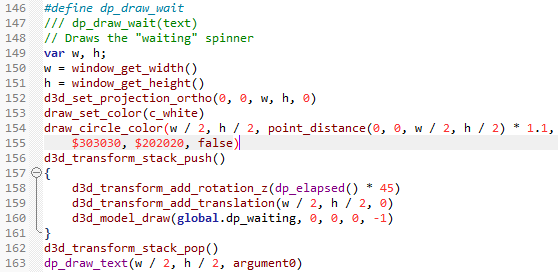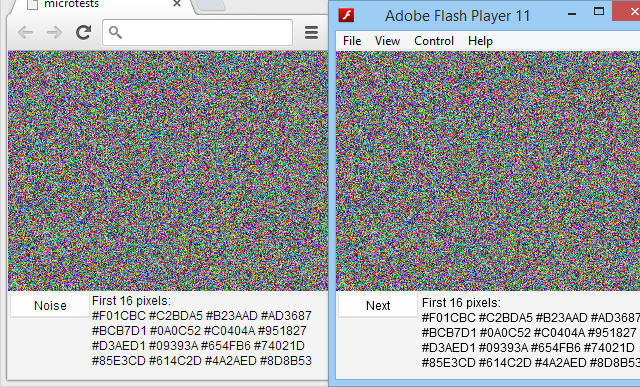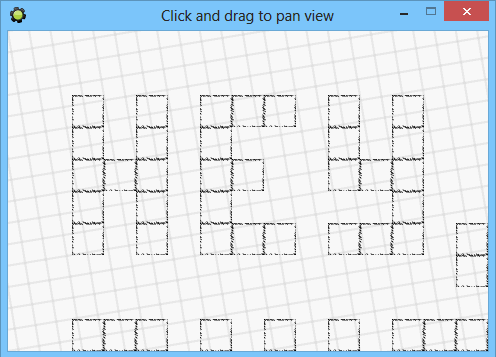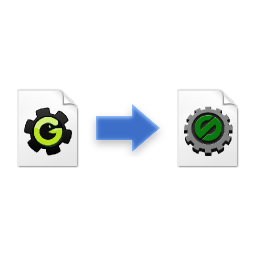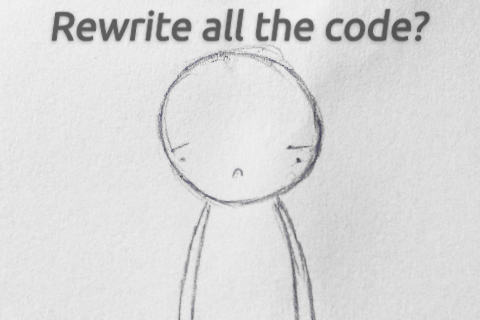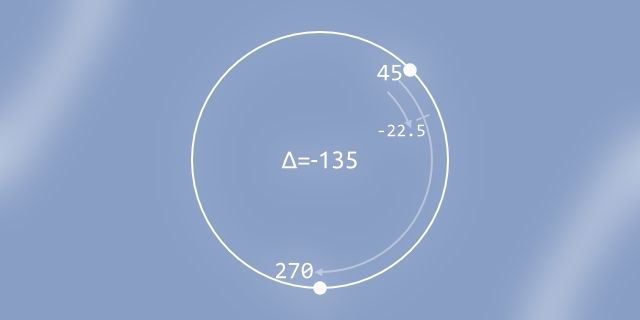
As you may know, there's a program called Construct 2. You can make games with it. While I'm generally not a huge fan of built-in scripting system (scene editor and idea of behaviours are pretty great though), some people make nice games with that.
Also there's Game Jolt. Game Jolt is a site you can host your games, devlogs, and related media upon. It's great. I'm not sure which of Saturn's moons you are living on if you haven't heard of it by now.
Then when two come together... you can upload Construct 2 games to GameJolt, but you cannot use any of it's quite so nice Game APIs (such as high score tables, trophies, data stores...), since, well, noone made a plugin for that so far.
Seeing that, I thought that I may as well fix that part (a bit). So I have devoted a bit of time over few days and have made a plugin that provides basic functionality, such as sending scores and trophies. Everything is pretty straight-forward and easy to get hang of.
Installation is simple also - download ZIP file below, and unzip contents (a folder called "gamejolt") into HTML5 plugins directory (Construct 2\exporters\html5\plugins) in your Construct 2 installation. Upon next launch of program, GameJolt plugin will be available in "Platform specific" category alongside of Kongregate, Scirra arcade, and other items.
That's pretty much it, I guess. Download links are below. If there are any questions, feel free to ask.
GameJolt page (demo+downloads)
Update (August 2014)
Extension has been updated to include additional functions. So have been links in this post and files on GameJolt.
